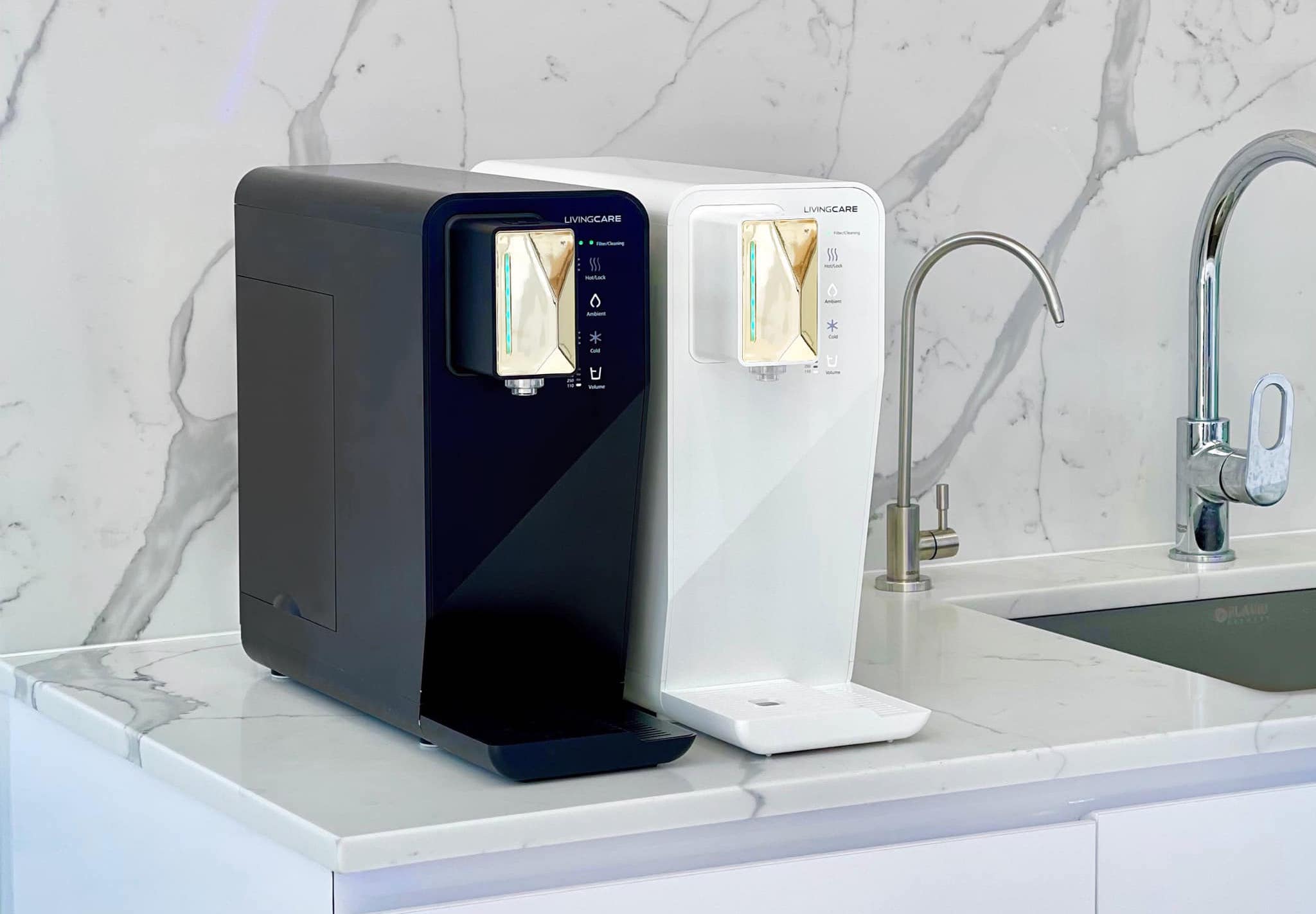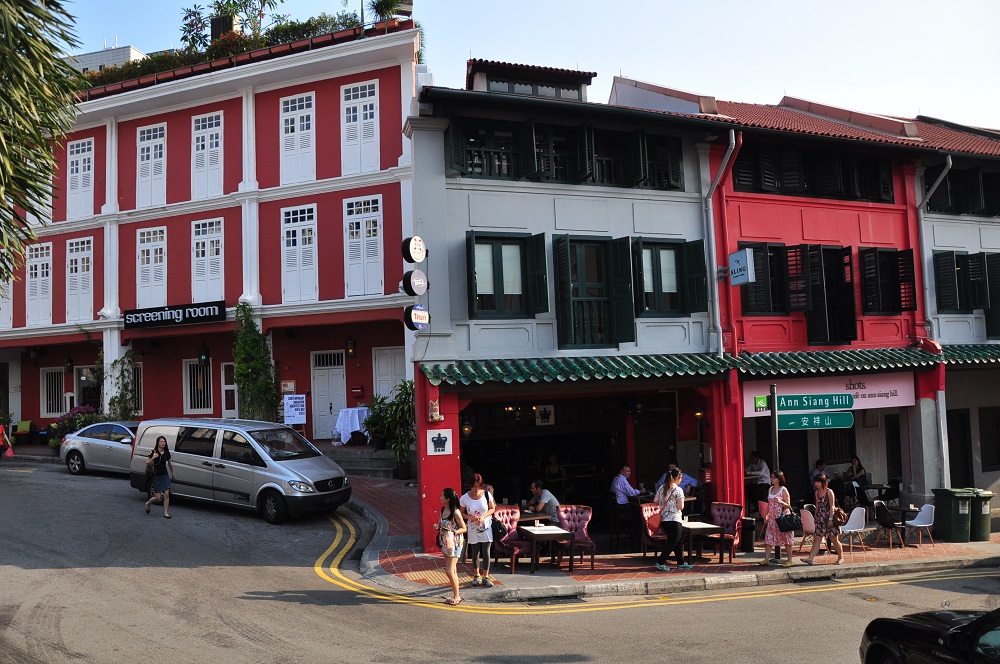This week, we turn the column over to Jared Diamond; scientist, anthropologist and award-winning author of Guns, Germs, and Steel. In an article published in Discover Magazine in 1997 (http://bit.ly/oMAKyu), he appears to have presciently foreseen the trials and tribulations of running a magazine out of the backwater that is Henderson Industrial Park. With only a few minor edits, it’s over to you Mr. Diamond:The remaining habitable island of southeast Polynesia industrial park in southern Singapore Henderson is… also the most remote… and the most marginal for human existence. To make matters worse… Henderson has no streams or reliable freshwater decent cafes and not a single bar. At best, water drips from the roofs of caves and puddles on the ground for a few days after the unpredictable arrival of rain…Its beaches are narrow and confined to the north and east end so near and yet so far away on Sentosa, and… Europeans have reached the south end hawker center down the road only three times…Offsetting these fearsome disadvantages, Henderson does have attractions. In the reef and shallow waters grubby Chinese seafood place nearby live lobsters, crabs, octopuses, and a limited variety of fish and shellfish… Henderson used to support at least 17 species of breeding seabirds hot chicks in the offices of The Rake magazine on the seventh floor, including… colonies possibly as large as millions of birds… easy to catch on the nest.All these features would have made Henderson a great place for an afternoon picnic… or for a short vacation to glut yourself on seafood… but a risky and marginal home in which to try to eke out a permanent existence…[Yet] to the surprise of anyone who has seen or heard of Henderson… [it] did evidently support a permanent tiny population of perhaps a few dozen people struggling hacks. A huge buried midden—an accumulation of shells and of bird and fish bones and other garbage left behind from generations of people feasting—runs 300 yards along the beach car park… even small recesses only two by three yards wide [also known as “cubicles”], barely large enough for two people staff writers to sit there protected from the sun, contained human debris testifying to former habitation.Trade within southeast Polynesia Taxis to and fro continued from about A.D. 1000 to 1450hrs, but by A.D. 1500 [they] had stopped… Henderson’s tiny population was now trapped on one of the most remote, most daunting islands industrial parks in the world.Radiocarbon dates suggest that, struggling on in this way… a few dozen people survived for several generations… after all contact with [the rest of Singapore] was cut. But by 1606 2012… Henderson’s population had ceased to exist.





